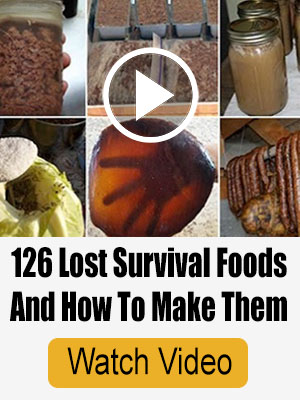[ad_1]
Estimated reading time: 12 minutes
Stockpiling food is the sign of a prepper. Most of us started stockpiling food even before we admitted we were preppers, and if you ask just about anyone who isn’t a prepper what preppers do, they’re likely to say that we hoard stuff (code for stockpile), especially food and toilet paper (that one’s COVID’s fault).
Of course, there’s good reason for all that stockpiling, and COVID showed us that, too. I was watching as the panic buying began, and it only took about five days for the grocery stores to be emptied out. Some parts of the store emptied out the first day; but to truly empty out took the better part of a week.
Once they did empty out, it was months before things were back to normal. Just that amount of panic was bad enough that people were lining up outside the grocery stores an hour before they opened, just hoping to buy toilet paper… any brand, just as long as it was toilet paper.
That was actually a rather slow panic, not the kind that most of us expect; but it was a panic nonetheless. In some ways, we could say that the panic lasted almost two years, as there were parts of the country where state governments were still trying to enforce lockdowns for about that long. But people learned from that panic and I can guarantee you the next one will be worse.
Want to save this post for later? Click here to Pin It On Pinterest!
Hopefully, more of those people are stockpiling food now; but I wouldn’t count on that. The same people buy the same things to prepare for hurricane season every year, even though they bought their supplies the year before. Some people just can’t keep a stockpile, because they use it up.
That’s an important part of what makes preppers different. We not only stockpile, but we maintain our stockpile. The question is, just what do we have in our stockpiles?
I’ve seen a lot of lists about what to stockpile, and not all of them make sense. Telling people to stockpile what their families are used to eating is just going to result in freezers full of food that will melt, and cabinets full of junk food.
So, what are the foods that we should avoid stockpiling, to make sure all the food we have will actually be used in a major disaster?
1. Frozen Foods
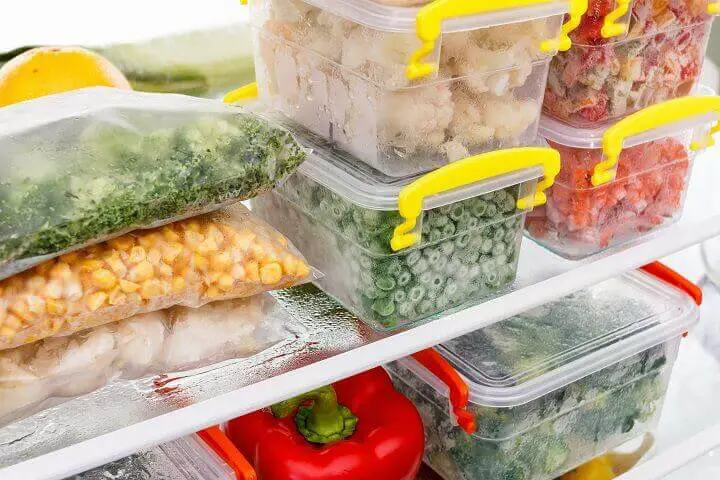
The easiest mistake to make is buying too much frozen food. If you follow the advice to “buy what you’re family likes to eat,” this is what’s likely to happen. The big problem with this is that all that frozen food won’t last long if the power goes out.
You can count on the freezer keeping that food from melting for about a day, but that’s about it. if you’ve got a generator, you might be able to stretch that for a few more days; but once your fuel is out, that won’t do any good anymore.
You want meat as part of your prepping stockpile; but you don’t want frozen meat. Whatever meat you are stockpiling, and I hope you have lots of it, needs to be either canned or dried; and dried meat needs to be packed in airtight containers so that moisture can’t get to it, promoting the growth of bacteria and mold.
I have to confess that my freezer is full of meat, too; but that’s not part of my prepping stockpile. Even so, because I have it, I have a plan for dealing with it, should the power go out for more than a day.
Between my two smokers and wood drying racks, similar to what the American Indians used to make jerky, I can either smoke or dehydrate all that meat before it goes bad.
2. Bread
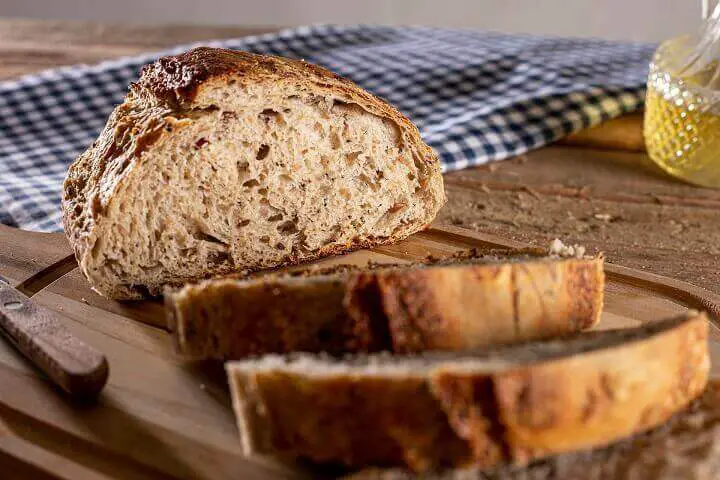
Bread is almost so obvious that it might seem like I shouldn’t have bothered putting it on this list; but there are some people who have tried filling five-gallon buckets with bread.
They’d be better off filling those buckets with whole grains, buying a manually-operated grinder and planning on baking their own bread. Not only will that produce better bread, but it will take up a lot less room. Just be sure to buy a good mill, so that it will grind the grain finely enough.
3. Junk Food
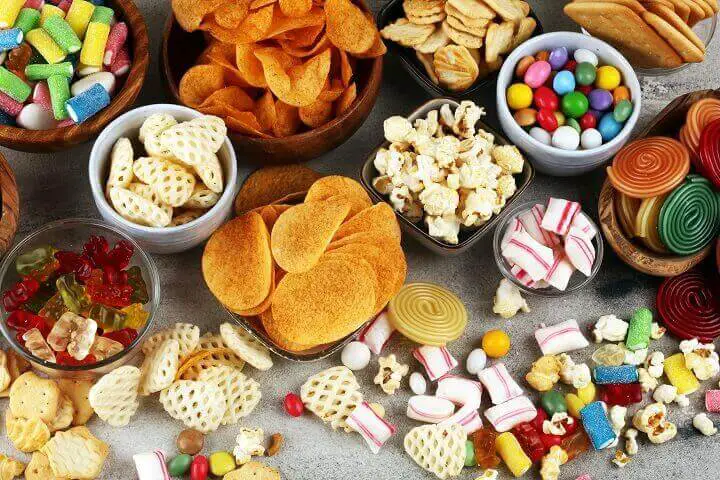
Another category of food which seems to be a major part of the average American diet is junk food. This term can mean different things to different people, but basically it refers to salty and sweet snack foods; high in carbohydrates and chemicals, but not much else.
But that doesn’t mean the carbohydrates that these foods have is the kind we need for survival. We really need complex carbohydrates, not the simple ones to be found in junk food. But that’s not the only problem with it.
People have done experiments where they left “snack cakes” out to see how long it would be before they went bad, and they just didn’t go bad. That says that either there is no true nutrition in them or that there are so many chemicals that they can’t go bad.
On the other hand, salty snack foods have a different problem in that they just don’t last, but rather go stale quickly. Even if you do repackage them, they aren’t going to last. Besides that, they take up a lot of room, making them very inefficient as far as energy density is concerned.
As an alternative to junk food, plan on baking your own bread, cookies, and cakes. For salty snacks, plan on popcorn; covered with spices, you can make popcorn of just about any flavor you can imagine.
4. Fresh Foods
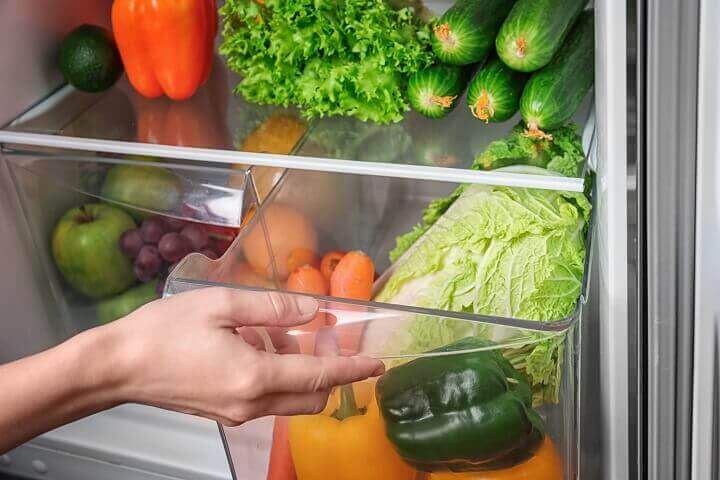
Like frozen foods, fresh foods won’t keep long without refrigeration. We all like having fresh fruits and veggies to eat, but here we’ve got an advantage over the frozen food.
If we’re gardening as part of our prepping lifestyle, we should have plenty of fresh produce to eat. What we can’t eat, we can always preserve, making it possible to eat it throughout the year.
5. Breakfast Cereal
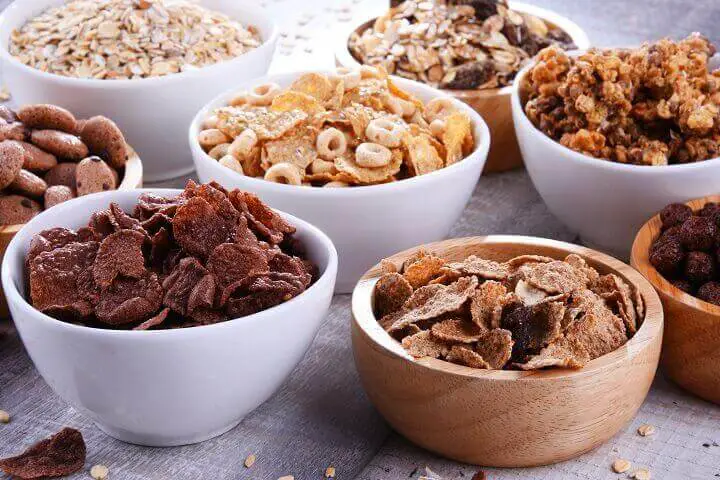
There’s a lot of similarity between breakfast cereal and junk food. While it is generally more nutritious than most junk food is, it is bulky for the amount of nutrition that you get from it. Many breakfast cereals are “puffed,” making them more air than grain. That makes them just about as bad as storing popped popcorn, as far as space is concerned.
Breakfast cereal also has the problem that they go stale easily. While packing them in five-gallon buckets with oxygen absorbers will help with this problem, you’re better off filling those buckets up with oatmeal. Not only will you get more meals per bucket, but it won’t go bad.
6. Sweets

While there might be a great temptation to stockpile sweets, the big problem is that they don’t store well. Many sweets will melt if they aren’t stored in a relatively cool environment. Considering that we probably won’t have electricity to keep our homes cool, we’ll end up with a melted mess that isn’t useful for much of anything.
On the other hand, both sugar and honey will last indefinitely, when properly stored. The key then, is to learn how to make your own sweets so that you can satisfy your family’s sweet tooth, rather than stockpiling the commercial ones.
7. Foods Your Family Won’t Eat

When I look at most lists of food to stockpile, I see a lot of things that some families might not eat. Dried beans aren’t at the top of many people’s favorite food list. Granted, if people get hungry enough, they’ll eat just about anything.
But is that what we want to put our families through? It makes a whole lot more sense to find some means of cooking those beans, which your family likes, before you stockpile a bunch of them.
That’s likely to require some effort on your part; but then, stockpiling any type of food without figuring out how you are going to use it is probably a waste of time. Experimenting with food, and especially with spices, can be fun and can give your family some enjoyable variety in their diet.
8. Improperly Packaged Foods
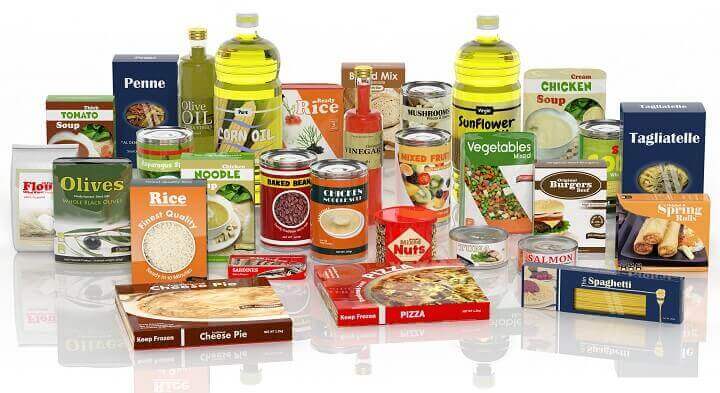
A lot of what is sold in the grocery store isn’t packaged for long-term storage, especially dry foods of all types. That isn’t to say that we shouldn’t buy them; but rather that repackaging that food in aluminized mylar bags and plastic buckets, with oxygen absorbers, has got to be part of our plan.
Never put something in your stockpile that needs to be repackaged. Rather, put it in a separate place, where you are collecting food to be repackaged. Once you have enough and package it for long-term storage, it can join the rest of your food stockpile.
9. Applesauce & Fruit Juice
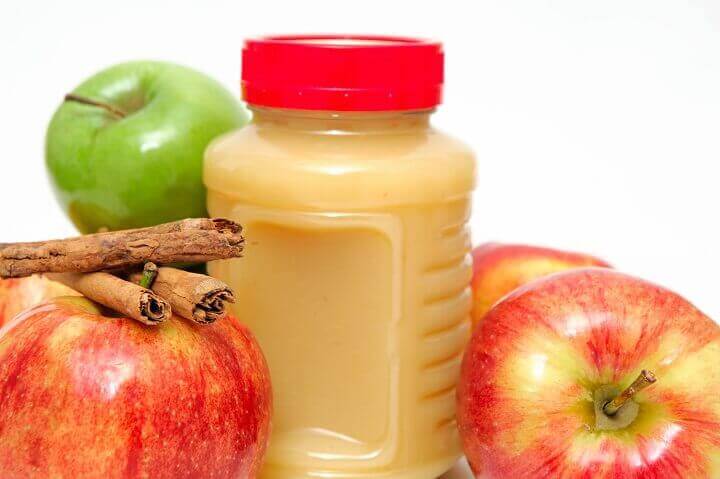
Most canned foods can be kept for decades, just as long as the packaging isn’t damaged. There is an exception though; there are some foods which are “canned” in plastic jars and bottles, rather than in glass or metal. Specifically, applesauce and fruit juices are packaged this way.
While they may be safe when purchased, because they are in plastic, rather than glass, the food inside will oxidize, due to oxygen slowly seeping through the plastic. Applesauce in plastic jars only keeps for about a year.
Some condiments are also stored in plastic bottles, like salad dressing and ketchup. But there’s a difference with these products. That is, they are pickled products, containing vinegar to make them acidic. That protects them from the effects of bacteria and seems to protect them from the same changes that can happen in applesauce and fruit juices.
10. Packaged Drinks
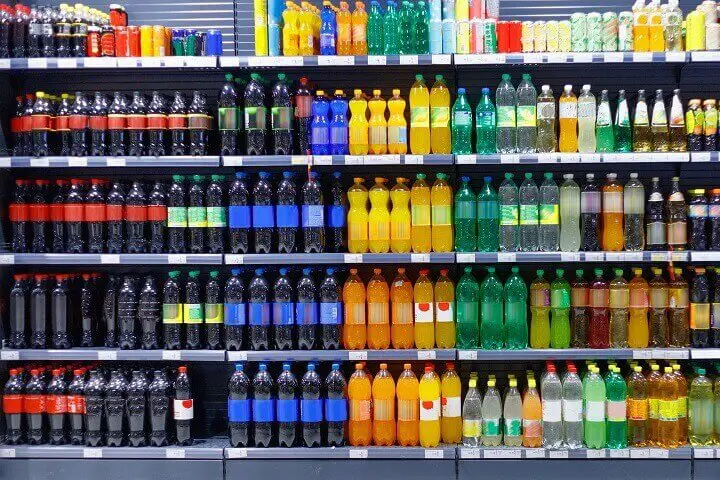
Most packaged drinks are nothing more than water, sugar and flavorings. Energy drinks add salt to that mix. In storing them, we’re wasting a lot of space for things that really won’t do much for us. If you want flavored drinks in your stockpile then you’re better off storing them in powdered form.
Of course, there’s always the option of making your own flavored drinks from things you are growing. In Mexico, they have what are known as “aguas frescas” (literally, fresh water). These are drinks made from fruit juices and water.
You could think of them as watered-down fruit juice. But if you’re wanting some variety to drink, they’re great. They also make them from things that you will probably be growing in your garden, but might not otherwise think of juicing, like watermelon, cantaloupe, and even cucumbers.
11. MREs

A lot of people, especially veterans, think of MREs as their go-to, when thinking of stockpiling food. There’s just one problem with MREs: they’re expensive. So, while you might want to have a case or two on hand, I wouldn’t go beyond that.
You can get much more bang for your buck by stockpiling other foods. You can also make your own portable meals for bug out bags and other uses, essentially your own MREs, for a lot less cost than the commercially produced ones.
12. Foods You Don’t Know How to Cook
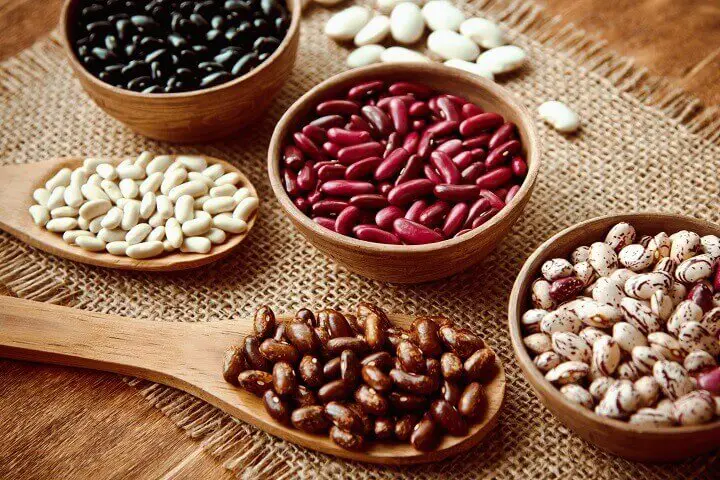
I’ve been talking about cooking foods that you’re not accustomed to cooking all through this list. Stockpiling food has got to be coupled with a real desire to learn how to cook and cook well.
Today, we’re so accustomed to eating pre-packaged foods or foods from restaurants, which are really pre-packaged and just warmed at the restaurant, that few people truly know how to cook anymore. But cooking can be fun, and experimenting with seasoning food or inventing new dishes can be even more fun, as well as being a useful survival skill.
Like this post? Don’t Forget to Pin It On Pinterest!
[ad_2]
Source link
Get more stuff like this
in your inbox
Don't Be Left Unprepared
Thank you for subscribing.
Something went wrong.

